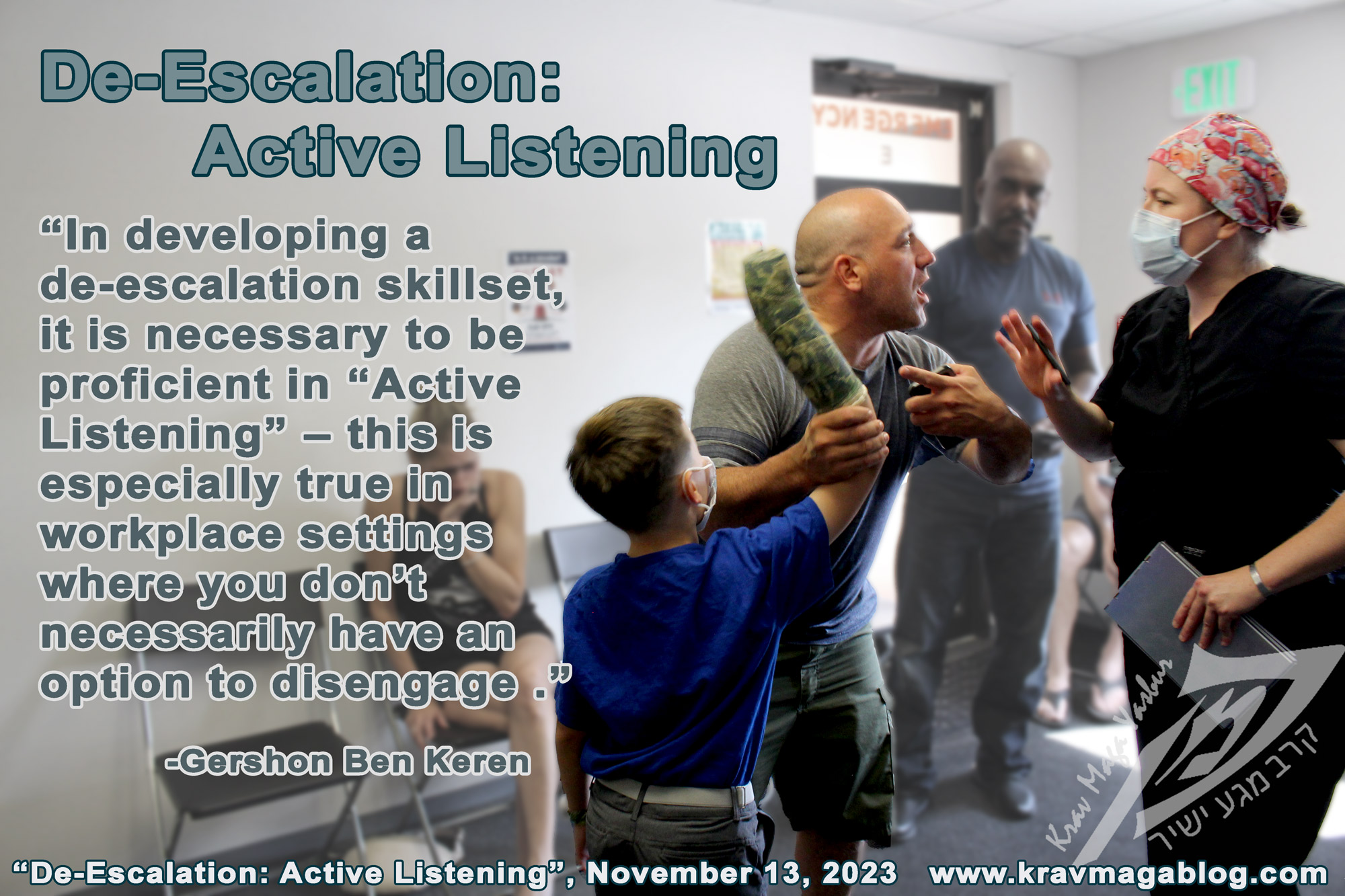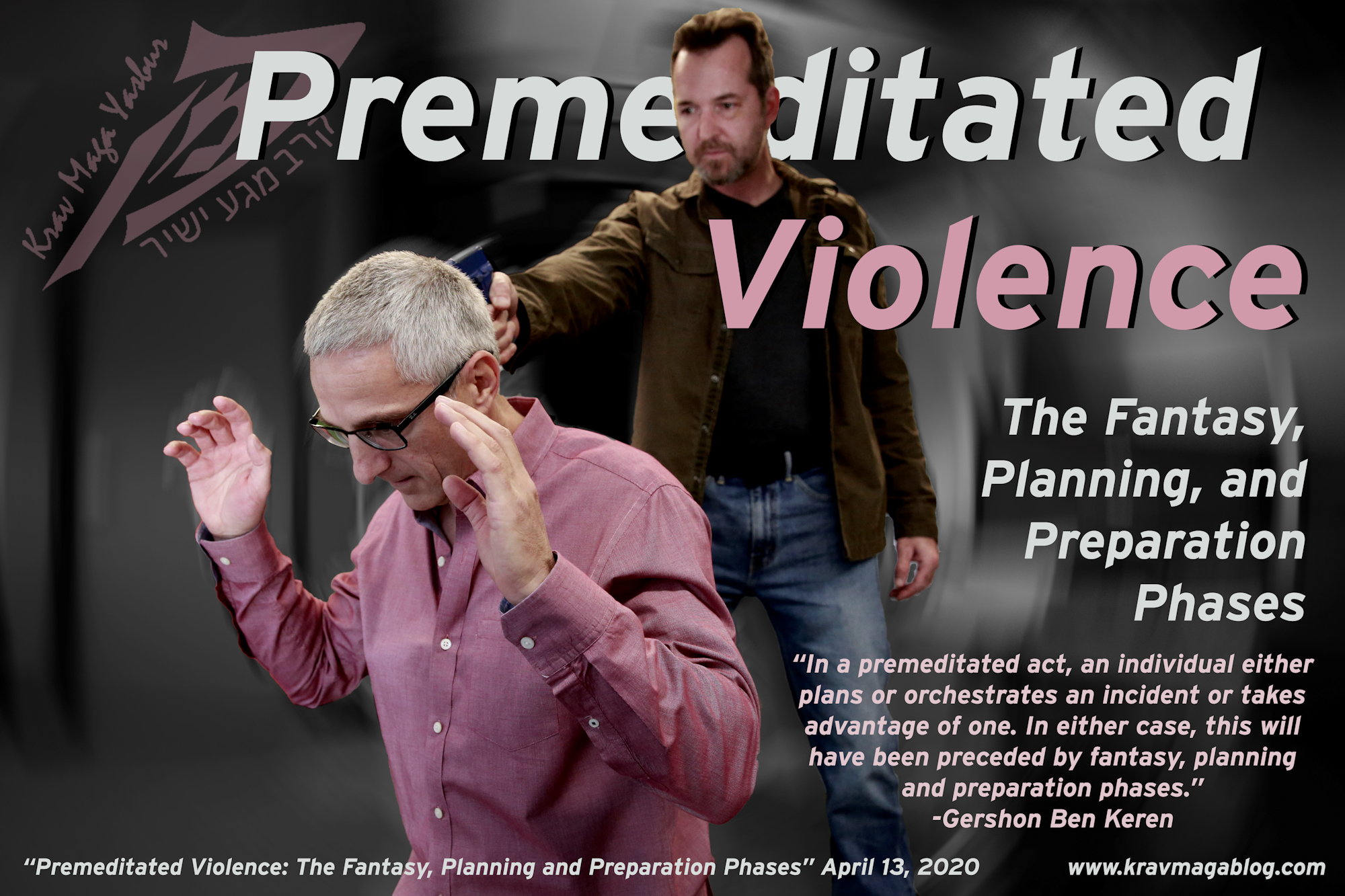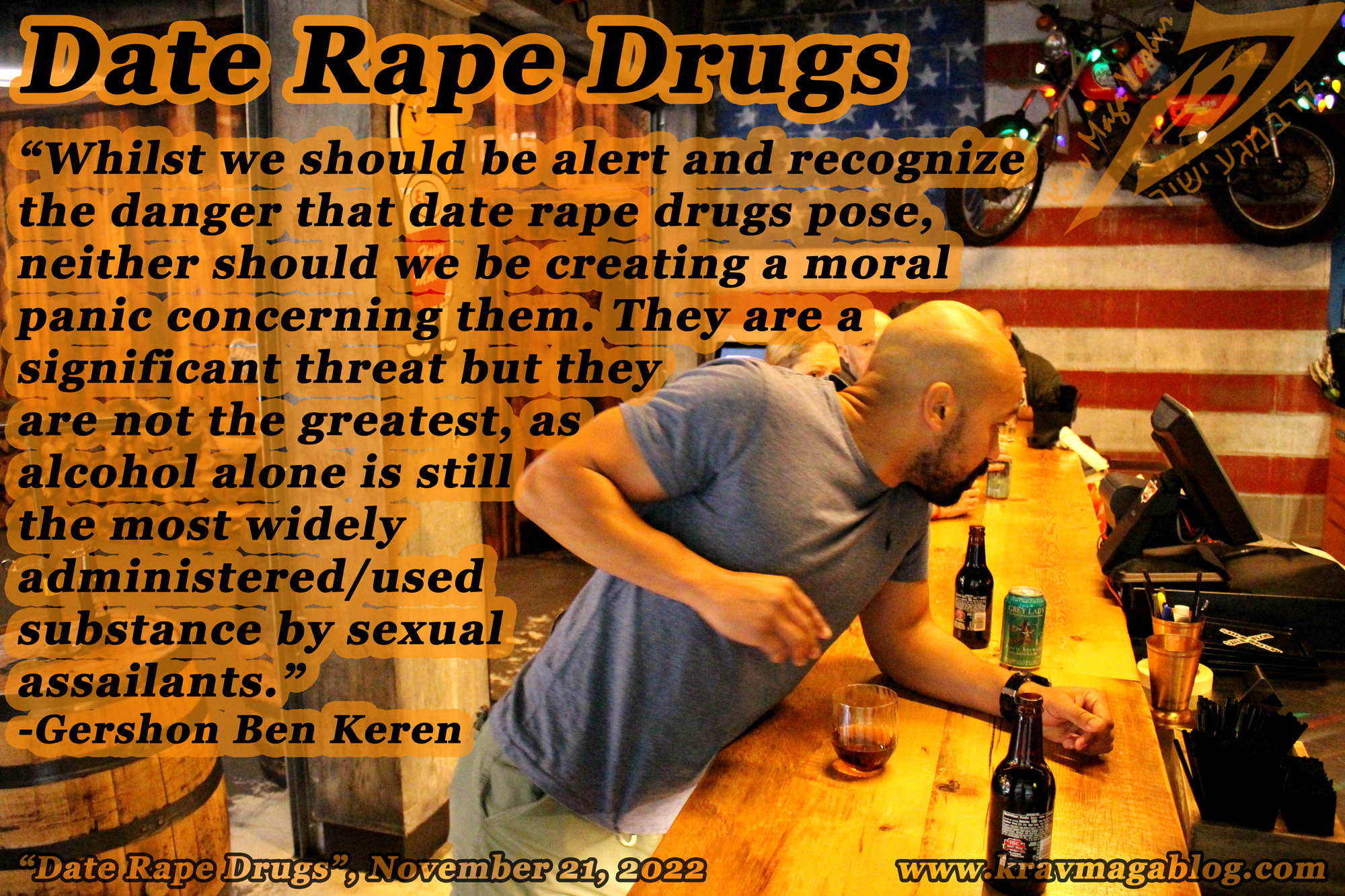One Size Doesn't Fit All, is an article written by Gershon Ben Keren, a 5th Degree Black Belt in Krav Maga, who teaches Krav Maga in Boston, MA. He has also authored three Amazon best-Selling Books on Krav Maga.
When I was a growing up there was a joke about a guy in a brand-new Mercedes visiting a rundown neighborhood in Glasgow. He parks the car, next to a dilapidated tenement building, and as he gets out a small child comes up to him and for five quid offers to look after his car; to make sure nobody tries to break into it, or steal it etc. The owner refuses, and smugly points to the back seat where a 90-pound Rottweiler is sitting. As he turns to walk away, the kid shouts after him, “Is he any good at putting out fires?” Not a great joke - possibly not even a good one - but it illustrates a significant point about safety and security. We think we’ve taken all the necessary precautions, however we don’t always fully understand the nature of the threats and dangers that we face. In fact, a safety measure that we take against one threat may make us a more attractive target to another e.g. several years ago in Boston, two women were targeted for a violent street robbery whilst walking home late at night; they expressed surprise at being attacked because they believed that not walking alone, meant they were safe – it is generally safer to be with somebody else, and the presence of another is certainly a deterrent to a sexual predator looking for a lone, isolated, single victim, but for a pair of muggers, the presence of two people is likely to mean double the reward/payday. In this article, I want to take a look at some of the beliefs people have and the positions and precautions they take, thinking that because of these, they are safe.
“I’m always scanning”. In one out of every, pick a number, of conversations regarding situational awareness (SA), somebody will mention people in big/heavy coats on a hot day, as an example of something/somebody that is out of place. The inference being that anyone doing so is probably concealing an assault rifle beneath it, rather than being a homeless person who is needing to keep their possessions with them, etc. What becomes apparent is that rather than them seeing something and noting that it is out of place, they are working to a short list of things that they should be looking out for – which when pressed is often a list that doesn’t contain many – if any – more items, than people wearing big/heavy coats when it’s warm and the sun is shining. Noticing what/who is out of place, isn’t about ticking off things on a list, it’s about recognizing and understanding what baseline behaviors and actions in an environment should be, and recognizing when somebody or something is out of place e.g. the speed, purpose and direction people are moving in, where and who they are looking at etc. However, many people believe if they are constantly scanning their environments, they are situationally aware, and thus safe. Having a 360-degree understanding of your environment, if you are able to identify when something is out of place, will definitely improve your ability to spot danger before it targets or reaches you, but simply scanning and constantly looking around will do little for your safety unless you have such identification skills.
“It’s a safe neighborhood, it’s daylight and there’s lots of people around”. Many people don’t understand the speed at which the execution of a crime takes place. People who often claim to be “normally” very aware, when targeted, will often remark that they only turned their back for a second, or were gone for less than a minute etc. The criminal opportunity is created long before the execution of the crime itself takes place e.g. the decision to leave the car unlocked as you quickly went into a shop wasn’t the first thing that alerted the offender to a potential opportunity; they would have seen the hurried way you pulled up, the focus, intent, commitment that you had to the task in hand etc. and then they would have waited to see and hear the normal things that accompany a car being locked, such as the horn beeping and the headlights flashing – the absence of which would be the trigger for the execution of the offense, such as stealing your laptop off the passenger seat. Criminals go where the opportunities are, and in locations where they blend in. There are definitely safer neighborhoods and areas, but none that are 100% safe. Offenders often play a statistics game. A common one in large hotels next to casinos is to walk the corridors bumping into room doors, hoping to find one that wasn’t shut properly – this often occurs due to distracted gamblers being in a rush to get to the floors – so that they can gain access to a room, and maybe somebody’s winnings etc. In a shopping mall parking lot, how many cars may not have been locked properly, due to people being in a rush, doors just not closing properly etc.? Almost everywhere presents an opportunity for crime, and daylight, crowds and a safe reputation are no guarantee that you won’t be targeted.
“I have a weapon”. There are some people when you ask them about their personal safety precautions will quickly state, “I have a weapon” (for the purposes of this article it could be pepper spray, a knife, and/or a firearm of any description i.e. short or long barrel). Weapons are not solutions to violence, they can be a useful tool in certain situations e.g. there are few people who wouldn’t want a shotgun if they and their family were holed up in a safe room, with a meth-crazed psycho trying to smash the door down with an axe with the aim of exterminating them all etc. However, there are many situations where the presence of a weapon may quickly escalate a situation that could have otherwise been resolved peacefully and without the use of violence. In all my time working in security, whenever I’ve seen a knife get pulled, I’ve never seen the person who pulled it back down and put it away. Whilst the self-defense industry often stresses the need for tactical training of weapons – and that is important, as there’s a huge difference between shooting a firearm on a range, and deploying/using it in a real-life confrontation under stress and duress – there doesn’t seem to be the same emphasis on training when not to use it, and when to try different approaches and solutions to dealing with a potential confrontation. Having a weapon doesn’t inherently make you safe, and could cause you to find yourself out of control, in a situation you thought you could control with your weapon e.g. if you drew it (whatever it is), hoping that the person would be intimidated and back down and then they don’t, where do you take it from there? If you pull a weapon, you should be prepared to use it, and in the situation you’re in, are you ready to do that? As stated, weapons can be useful tools, but they are not solutions in themselves and having one does not by default make you safe. Constant realistic tactical training is required to be able to safely and proficiently use your weapon of choice, and a good dose of visualization and scenario training is required so you know when it’s not appropriate to use it.
Most of us have a degree of laziness, concerning our safety. Many times, when we take precautions nothing happens, and usually when we don’t, nothing happens either i.e. for a crime to occur there must be a motivated offender present, and this is often not the case. So, when we are presented with simple things we can do to that may make us somewhat safer, we equate this with being 100% safe. We like to believe that we are aware, that we know what safe and dangerous places look like, and if things really do kick-off, we have it covered etc. when really this is only true for certain specific events and types of incident.
0 COMMENTS















